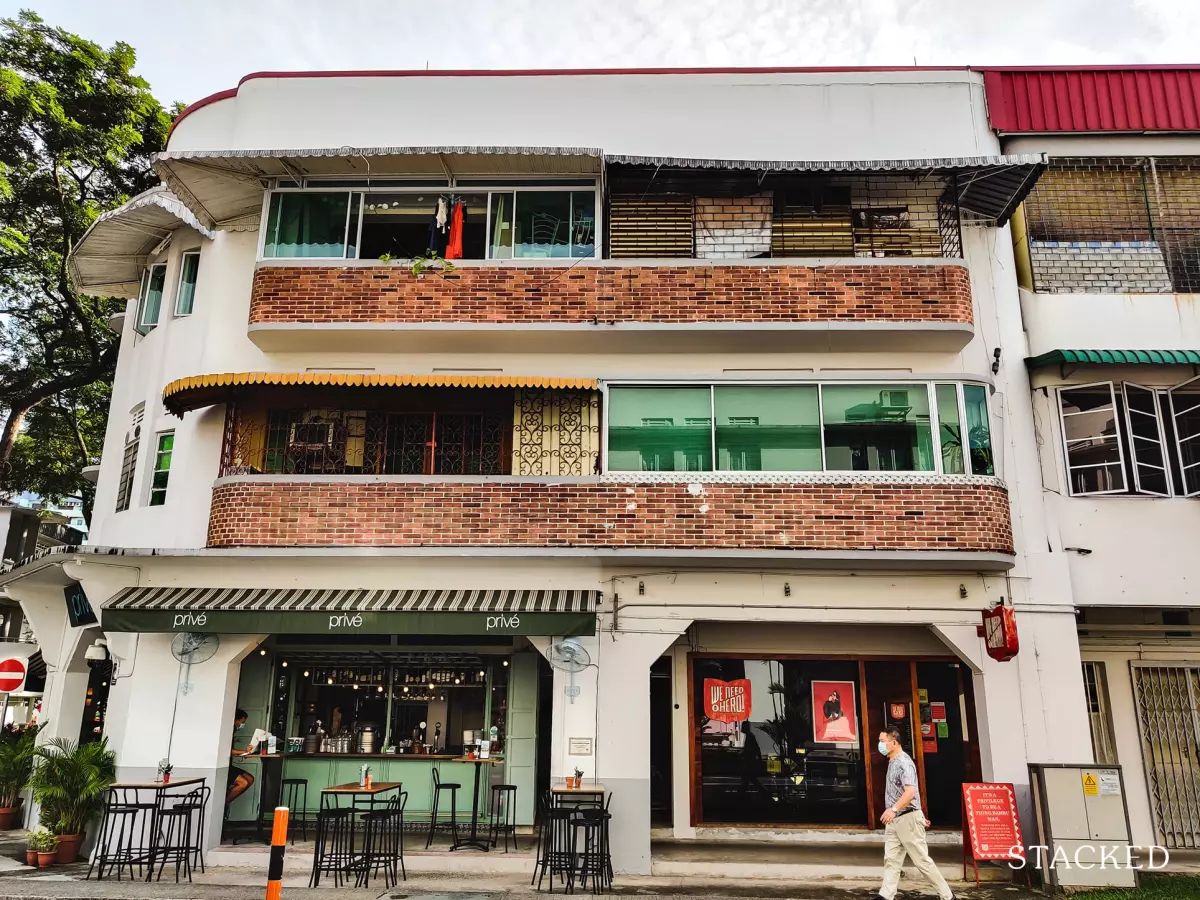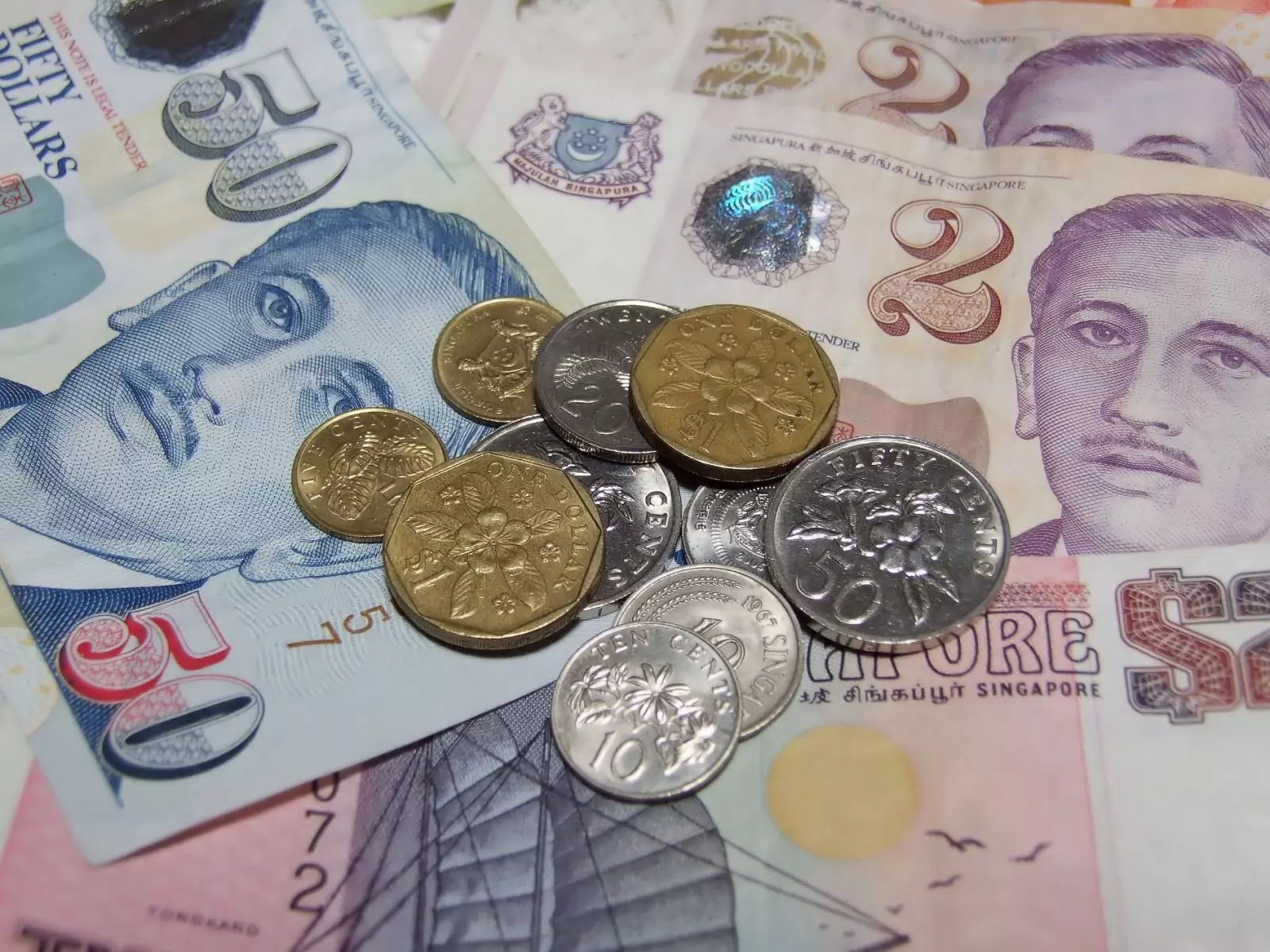
Singaporeans have witnessed the remarkable resilience of property prices even in the face of the Covid-19 pandemic. But not all properties share the same fate. While some properties experience significant appreciation, others may not be as fortunate. This is why many investors are now focused on finding positive cash flow properties instead of relying solely on capital gains.
What is a positive cash flow property?
A positive cash flow property is one where the rental income exceeds the expenses associated with it. For instance, if the rental income is $40,000 per year and the total expenses (including maintenance, mortgage, property tax, etc.) are $35,000 per year, the property is considered cash-flow positive.
In the past, it was common for landlords to expect properties to pay for themselves and generate additional cash. However, with the softening rental market and rising property prices, rental income now typically only offsets maintenance costs and mortgage interest.
Nevertheless, it is still possible to find cash-flow positive properties, although they may be rare.
Why is being cash-flow positive a good strategy for new investors?
1. Tends to be less speculative
Investing in cash-flow positive properties involves less speculation as you are not relying solely on property appreciation. By shortlisting properties with a track record through rental history and resale units, you are making a more informed decision.
2. Improves holding power
Positive cash flow gives you more holding power. In situations like job loss or pay cuts, having a property that generates income or covers its expenses allows you to avoid making an urgent sale. This gives you the flexibility to wait for better market conditions or even use the property as a supplementary source of income.
3. You tend to keep within your means
To maintain positive cash flow, you need to keep maintenance costs and mortgage repayments low. This means avoiding excessive borrowing and paying attention to recurring costs that others may overlook. By closely following this strategy, you ensure that your property investment remains sustainable.
4. You're making money from day one
For new investors, positive cash flow is crucial. After investing a substantial amount in down payments, renovations, and marketing to attract tenants, it's essential to start replenishing your funds immediately. Positive cash flow allows you to build an emergency fund and maintain your lifestyle without impacting your bank account.
However, it's important to note that this investment strategy has some drawbacks.
Drawbacks of cash-flow positive properties
1. Properties may not appreciate well
While a property may generate positive cash flow, it does not necessarily guarantee strong appreciation in the long run. Certain properties, such as older leasehold units, may maintain positive cash flow but have limited appreciation potential over time. This can be a concern for young investors who need to consider long-term inflation.
2. Requires a larger cash outlay
Investors following the cash-flow positive strategy often put down a larger down payment to reduce monthly loan repayments and ensure positive cash flow. This means tying up more capital that could have been invested elsewhere. Some investors may find this unattractive, as they prefer the leverage provided by cheap home loans.
3. Can lead to more risk if followed blindly
It's important to remember that a property's cash flow can change over time. An initially cash-flow positive property may become cash-flow negative due to various factors such as vacancies, maintenance costs, or economic downturns. Blindly following this strategy without considering the overall market conditions and property specifics can lead to increased risk.
Determining if a property will be cash-flow positive
While there is no guaranteed way to predict a property's cash flow throughout its lifetime, aiming for a property that is cash-flow positive most of the time is a practical approach. Factors such as fluctuating interest rates, possible vacancies, and unexpected maintenance costs should be considered.
There are two general methods to identify potential positive cash-flow properties:
Method #1: Purchase an already cash-flow positive property
This method involves finding a property that is already tenanted, ensuring that the rental income exceeds the costs, and purchasing it directly. However, this can be challenging as existing landlords may charge a premium for such properties.
Method #2: Compare estimated costs with rental history
By estimating the costs (including loan repayments and maintenance) and comparing them with the average rental income of a property, you can assess its potential for positive cash flow. It's important to pad the estimated costs to account for unexpected expenses and fluctuations in interest rates.
Overall, while positive cash flow is an important aspect of a property investment, it is not the sole determinant of success. It's essential to consider other factors such as potential capital gains and market conditions. Remember to evaluate each property carefully before making a decision.

To help you in your search for positive cash flow properties, we will be identifying and sharing some of these properties over the next few weeks. Like us on Facebook to stay updated, and you can also follow our reviews on Stacked for insights into Singapore's private property market.

















